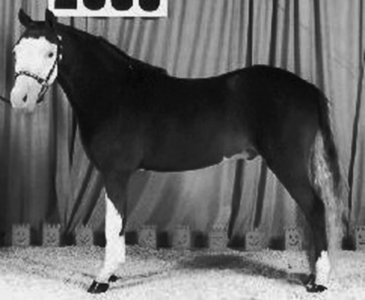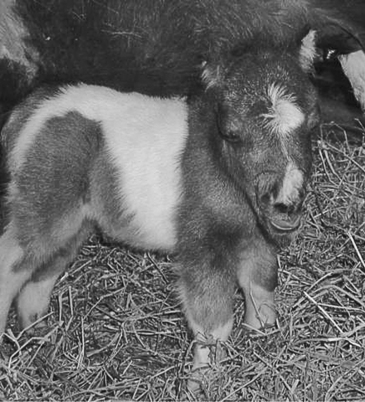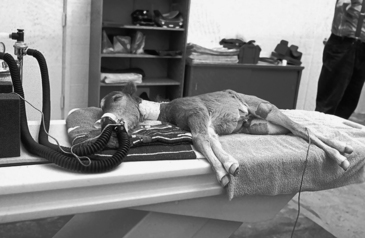CHAPTER 8 Anesthesia and Sedation of Miniature Horses
American Miniature horses measure no taller than 38 inches (95 cm) at the withers. According to the breed associations (American Miniature Horse Association, Alvarado, Texas, www.amha.org; and American Miniature Horse Registry, Morton, Illinois, www.shetlandminiature.com), breed standards require that miniature horses possess the proper conformation characteristics that are common to most of the larger breeds (Figure 8-1). The breed originated from English and Dutch mine horses brought to the United States and used in Appalachian coal mines as late as 1950. The Shetland Pony has also influenced the breed.
Veterinarians should be aware of some of the genetic defects in miniature horses, some of which may have an impact on anesthesia. Collapsing trachea, apparent hypoplastic trachea, narcolepsy, myopathy, sinus osteoma, patellar luxation, angular limb deformities, complete ulnas and fibulas, occipitoatlantoaxial malformation, cardiac anomalies, and ataxia have all been reported in miniature horses. Many of these abnormalities seem to be associated with dwarf-like (achondroplastic) conformation (Figure 8-2). Thorough preoperative examination is important for establishing an awareness of preexisting conditions.
PREOPERATIVE CONSIDERATIONS
Adult miniature horses may be the size of a large dog (ranging in weight from 45 to 136 kg [20.5 to 62 lbs]), whereas foals may be very small (7 to 15 kg [3.2 to6.8 lbs]); therefore, use of appropriate-size equipment is vital (Figure 8-3). It can be a considerable adjustment for equine practitioners to adapt to working with such small horses because the equipment needed, including endotracheal tubes, breathing hoses, catheters, and syringes and needles, are the same as those used in small animals. Appropriate endotracheal tubes range from 5 to 18 mm in internal diameter, and 16- to 22-gauge catheters (3 to 5 mm long), 20-gauge needles, and small syringes are typically used in miniature horses. In some instances, working with a small-animal practitioner who can provide suitable equipment may be in the best interest of the patient.






